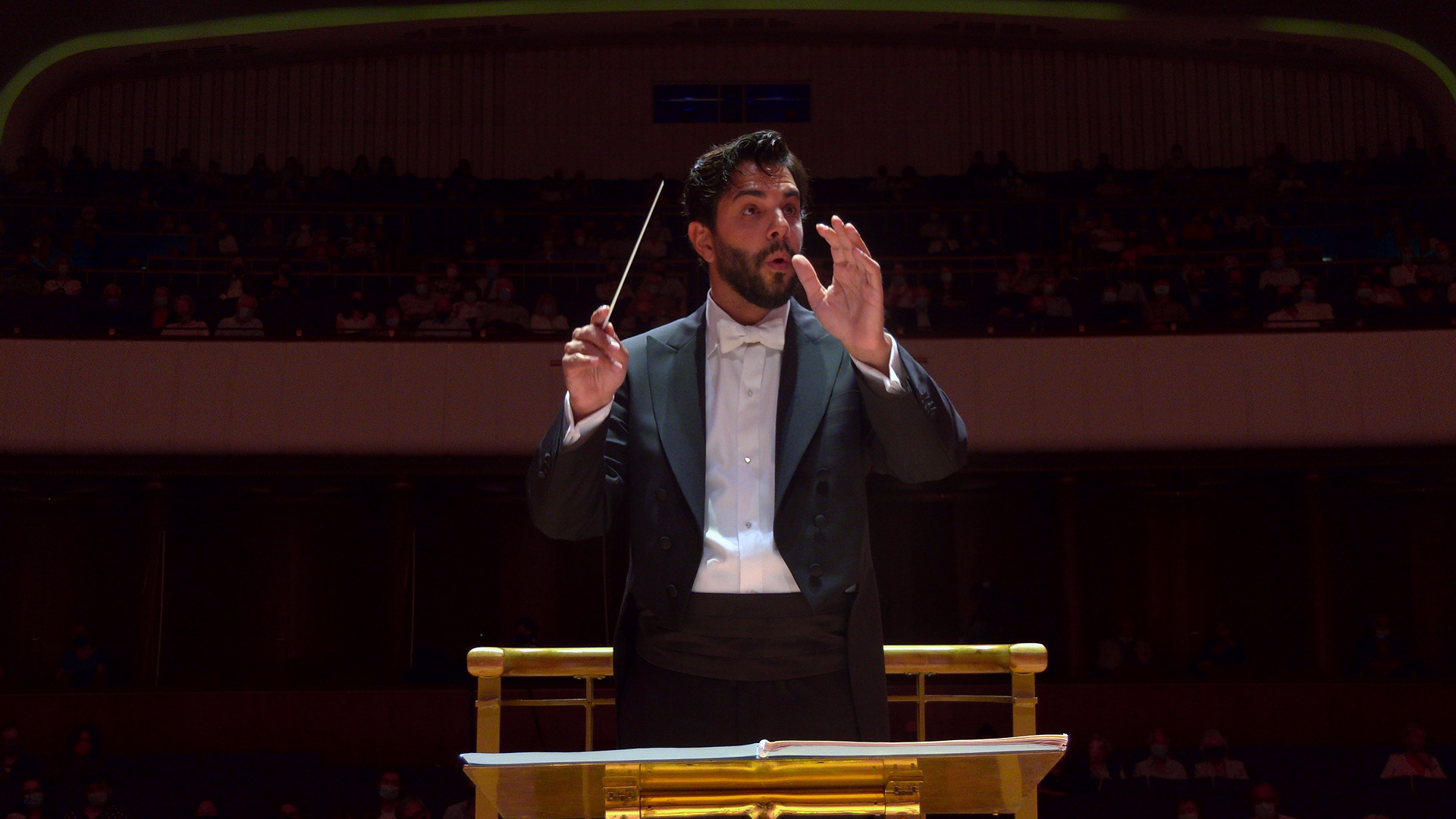Tag: Dani Howard
-

Royal Liverpool Philharmonic Orchestra and conductor Domingo Hindoyan premiere Dani Howard’s Trombone Concerto
Taut, well-organised and slick. And that was just getting into the auditorium.
-

Dani Howard’s ‘Coalescence’ premiered by the Royal Liverpool Philharmonic Orchestra
Cracking concert opener from Dani Howard. Liking the combined live stream and R3 broadcast on RLPO Facebook.